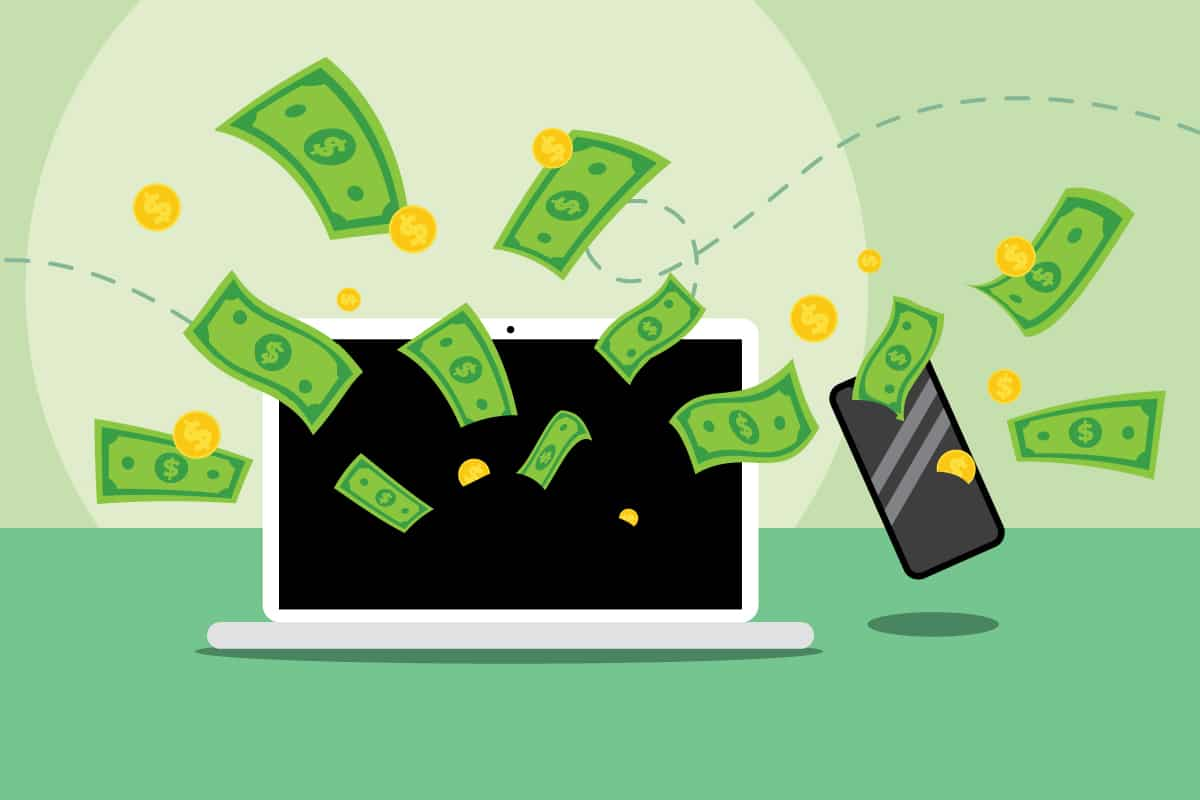Traditionally, earning money has been associated with and limited to the traditional 'offline' route. With the Internet taking over so much of our lives, more people are looking for ways to earn money online in order to supplement their income.
You should be cautious about the platform you select. While there are many ways to make money online, some of them may be fraudulent. Also, do not expect to earn a large sum of money quickly when earning money online.
With more time at home and/or more free time in general, possibly fewer working hours for some, some of you may have some free time on your hands. Here are some online platforms, websites, and tools for making money online.

1. Working as a freelancer
Freelancing has always been a popular way to make money online, and there are numerous options available on the Internet. There are numerous websites that provide freelance work for people of various skill levels. All you have to do is create an account, look through the listings, and apply for the job that interests you. Some websites may even require you to create a personal listing with your skill set details so that interested clients can contact you directly. Outfiverr.com, you.
2.Content Writing
Online platforms can be a good place to start. One is compensated based on the quality of the articles. One may also be asked to work on articles with specific guidelines. Develop a niche in your area of expertise and strengthen your position in that domain to increase your revenue stream.

3. Blogging
It all starts with a hobby, interest, or passion, and for many bloggers, blogging quickly becomes a career option. There are several full-time bloggers. You can start a blog in two ways: you can use Wordpress or Tumblr to create a free blog, or you can use a self-hosted blog.
In the latter case, you will need to invest in and pay for a domain name and server hosting space, which can cost between Rs 3,000 and Rs 5,000 per year.
4. Launching your own website
There is plenty of information available online to assist you in creating a website. This includes selecting a domain name, templates, layout, and overall design for your website. When you're ready to provide visitors with relevant content, sign up for Google Adsense, which will help you make money when it appears on your website and is clicked on by visitors. The more traffic your website receives, the greater the potential for higher earnings.
5. Affiliate promotion
Once your website is up and running, you could use affiliate marketing by allowing businesses to place links on your site. This is a symbiotic relationship. You earn money when visitors to your site buy products or services after clicking on such links.

6. Surveys, searches, and evaluations
There are numerous websites that pay people to take online surveys, conduct online searches, and write product reviews. To obtain credit, you must disclose certain information to them, including your banking information. As a result, you should proceed with caution. Some of them may even require you to register with them before you can begin working on projects. The most important thing to remember in such projects is to avoid websites that offer..
7. Virtual assistance
A virtual assistant (VA) handles all aspects of business from the comfort of one's own home. Virtual assistants essentially work remotely with their clients to manage the aspects of their business that they are too busy to handle themselves. When working as a virtual assistant, you have the option of working as an employee or starting your own business.
8. Language translation
Knowing a language other than English may even enable you to earn some extra cash. There are several websites that provide translation projects requiring the translation of a document from one language into another. This could include Spanish, French, Arabic, German, or any other language that is translated into or out of English.
For many, this can make the task time-consuming, so they hire translators available online from anywhere in the world. There are several webs.

9. Tutoring via the internet
If you are an expert in a specific subject, you can make money by tutoring others online. Online tutoring allows you to connect with students of all ages from across the country to provide homework assistance and tutoring in the subjects in which you have demonstrated expertise.
Sign up as an online tutor on websites such as Vedantu.com, MyPrivateTutor.com, BharatTutors.com, and tutorindia.net by creating a profile and listing the subjects or class.




